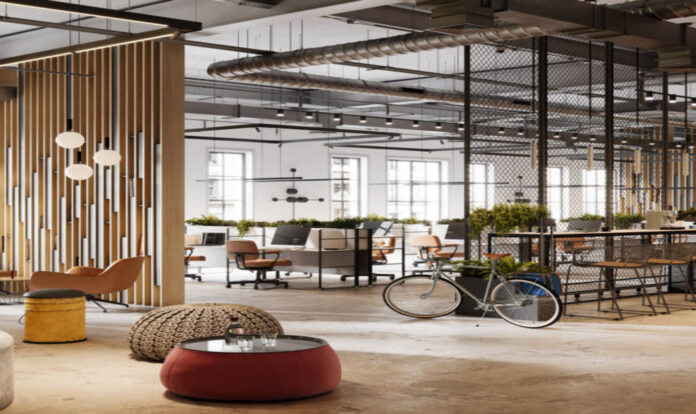Introduction:
Creating a conducive work environment is crucial for boosting employee productivity and fostering a positive ecosystem. The design of a workplace plays a significant role in shaping the overall atmosphere and influencing the well-being and efficiency of the workforce. In this article, we explore valuable tips to enhance workplace design, promote a harmonious ecosystem, and maximize productivity.
Embrace Ergonomics:
Ergonomic design principles are essential for ensuring employee comfort and reducing the risk of musculoskeletal disorders. Provide adjustable chairs, desks, and monitor heights to support proper posture. Incorporate standing desks and encourage regular breaks to promote movement and reduce sedentary behavior.
Optimize Lighting:
Appropriate lighting significantly impacts mood, focus, and overall well-being. Maximize natural light by placing workstations near windows. Install adjustable blinds or curtains to control glare and ensure proper lighting levels. Incorporate task lighting for individual workstations and dimmable lighting options to accommodate diverse tasks and preferences.
Foster Collaboration:
Promoting collaboration is vital for a productive workplace. Design open spaces or collaborative zones that encourage spontaneous interactions and idea sharing. Include comfortable seating arrangements, whiteboards, and shared workstations to facilitate teamwork and foster a sense of community.
Prioritize Quiet Spaces:
While collaboration is essential, it’s equally important to provide quiet areas for focused work and concentration. Designate dedicated spaces where employees can retreat for uninterrupted work or private meetings. Implement sound-absorbing materials, such as acoustic panels or dividers, to minimize noise distractions.
Integrate Nature:
Biophilic design, incorporating elements of nature, has proven benefits on employee well-being and productivity. Incorporate plants, natural materials, and outdoor views into the workspace. Create green areas or indoor gardens to promote relaxation, reduce stress, and improve air quality.
Enhance Break Areas:
Design appealing and comfortable break areas that encourage employees to recharge and socialize. Provide comfortable seating options, recreational activities, and access to amenities like coffee machines and healthy snacks. A well-designed break area can boost morale, foster relationships, and contribute to a positive work atmosphere.
Ensure Adequate Storage:
An organized workspace is essential for productivity. Provide sufficient storage options, such as cabinets, shelves, and lockers, to keep personal belongings and work materials in order. Implement clutter-free design principles to create a visually appealing and efficient environment.
Incorporate Technology:
Integrate technology seamlessly into the workplace to enhance efficiency and connectivity. Provide ample power outlets, fast and reliable internet access, and ergonomic computer setups. Incorporate collaborative tools, video conferencing equipment, and smart systems for efficient communication and workflow management.
Conclusion:
A well-designed workplace plays a pivotal role in shaping the overall ecosystem and productivity levels within an organization. By incorporating ergonomic principles, optimizing lighting, fostering collaboration, providing quiet spaces, integrating nature, enhancing break areas, ensuring adequate storage, and incorporating technology, employers can create a harmonious work environment that promotes well-being and boosts employee productivity. By investing in thoughtful workplace design, organizations can reap the benefits of a motivated and engaged workforce, ultimately leading to increased success and growth.


